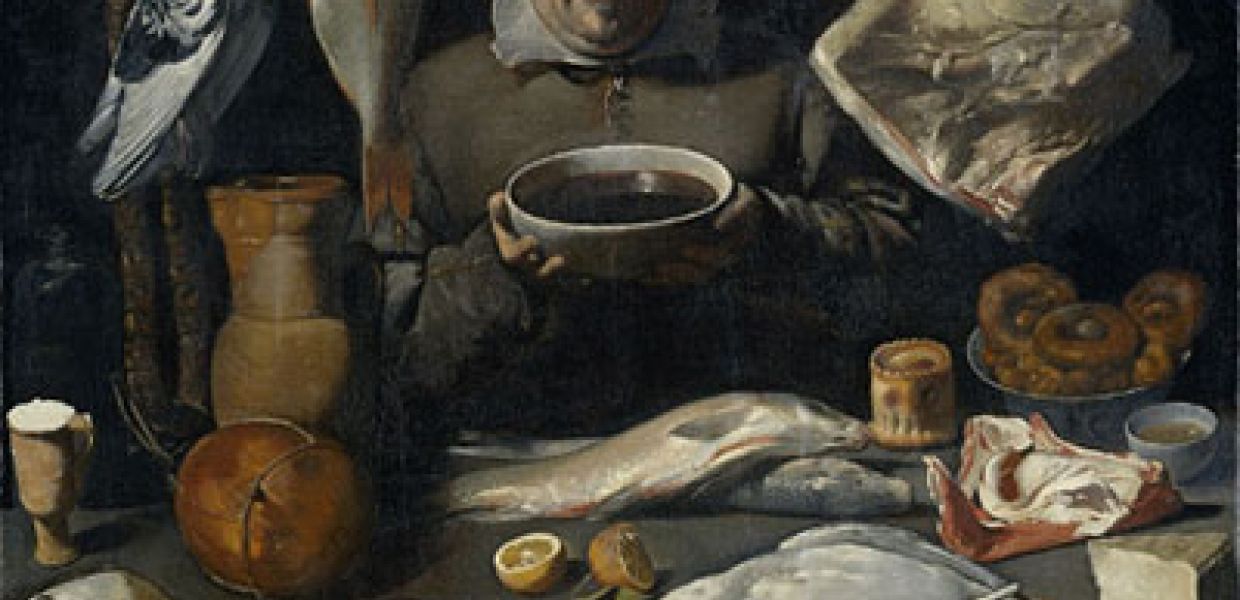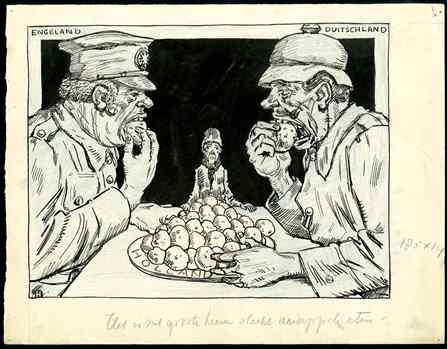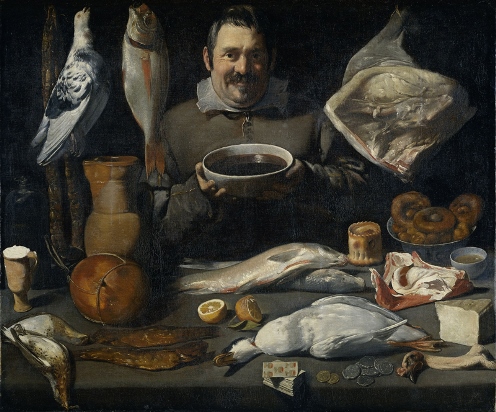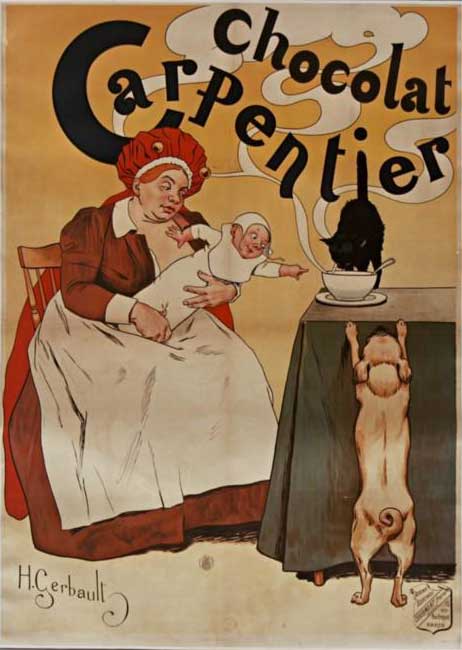Food for thought: the Ambrosia Europe Food and Drink project kicks off

Blog by Katie Smith, Projects and Programme Manager at Collections Trust.
What is it that every European (hopefully) does at least three times a day? You probably guessed it: eat and drink. Buying, preparing and consuming food and drink is probably the thing that we spend most of our free time on. It is also something that connects us on a very basic level - it is no wonder that it is in the base of Maslov's pyramid of needs. Without food and drink, there would be no society, no safety, no social ties and no culture. It is not surprising then that throughout history, food and drink have inspired numerous artists and companies to produce cultural content around their consumption - whether it's in paintings, photos, commercial ads or on television and radio.

'Het is met groote heeren slecht aardappelen eten. ', Persmuseum, public domain.
In order to make Europe's digital cultural heritage regarding food and drink available to citizens all over the world, a large network of 29 organisations has just kicked off the Ambrosia Europe project. Ambrosia, of course, meaning the food or drink of the gods in Greek mythology. Ambrosia is a 30-month project that revolves around the collection and dissemination of food and drink-related content. The idea is to create a number of products, such as physical and virtual exhibitions, games, apps and books, which feature food and drink-related content aimed at specific audiences.

The Ambrosia Europe project team at the kick-off in London
In order to do this, the consortium will first of all look into market needs and demands by trying to answer some important questions. What kind of information and cultural artefacts are people actually looking for or interested in? What are creative industries doing in the field of food and drink, and what kind of re-usable content do they need in order to create exciting products? Which well-known consumer brands might be interested in exploring their own heritage and telling their customers about it? What kind of virtual and physical exhibitions are museums in the field of, for example, agriculture, interested in?

'Keukenstuk (bodegón)', Rijksmuseum, public domain.
Since the project scope is incredibly broad, it is important to include organisations and experts from very different fields of knowledge and culture. When you look at Ambrosia's organisation, you will notice that both cultural and academic institutions are included, as well as app developers and commercial organisations. During a two-day kick-off session in London, the team discussed how to move forward within the framework of the official project proposal, which was submitted to the European Commission in 2013.
So what can you expect? Hopefully, in the course of 2014-2016, you can visit exciting new websites to do with food and drink-related cultural heritage. Or maybe you will see historical photos of ingredients on modern day food packaging. How about a book on recipes from the past? Or a Twitter account that provides you with a daily painting in which food and drink is presented somehow? Until then, we will present the findings of our market research and an overview of business models to serve as a foundation for the forthcoming products.

'Chocolat Carpentier', French National Library, public domain.
It is obvious that there are a lot of questions that need answering, and this is all due to the unique nature of this project. Project members are excited to find out more and will be putting real users and consumers in the driving seat to decide what Ambrosia will deliver. The project is able to provide the tools and platform to ingest thousands of cultural artefacts, but really meeting market demand is what we will need to focus on and put at the core of this project.
If you want to find out more about Ambrosia, go to www.ambrosia-europe.eu and sign up to receive updates - the main site will be going live over the next few weeks - or follow the project via Twitter @ambrosia_eu. We want to hear from you, so if you have any comments or want to get involved now is the time to make yourself heard!
